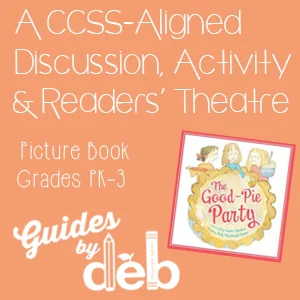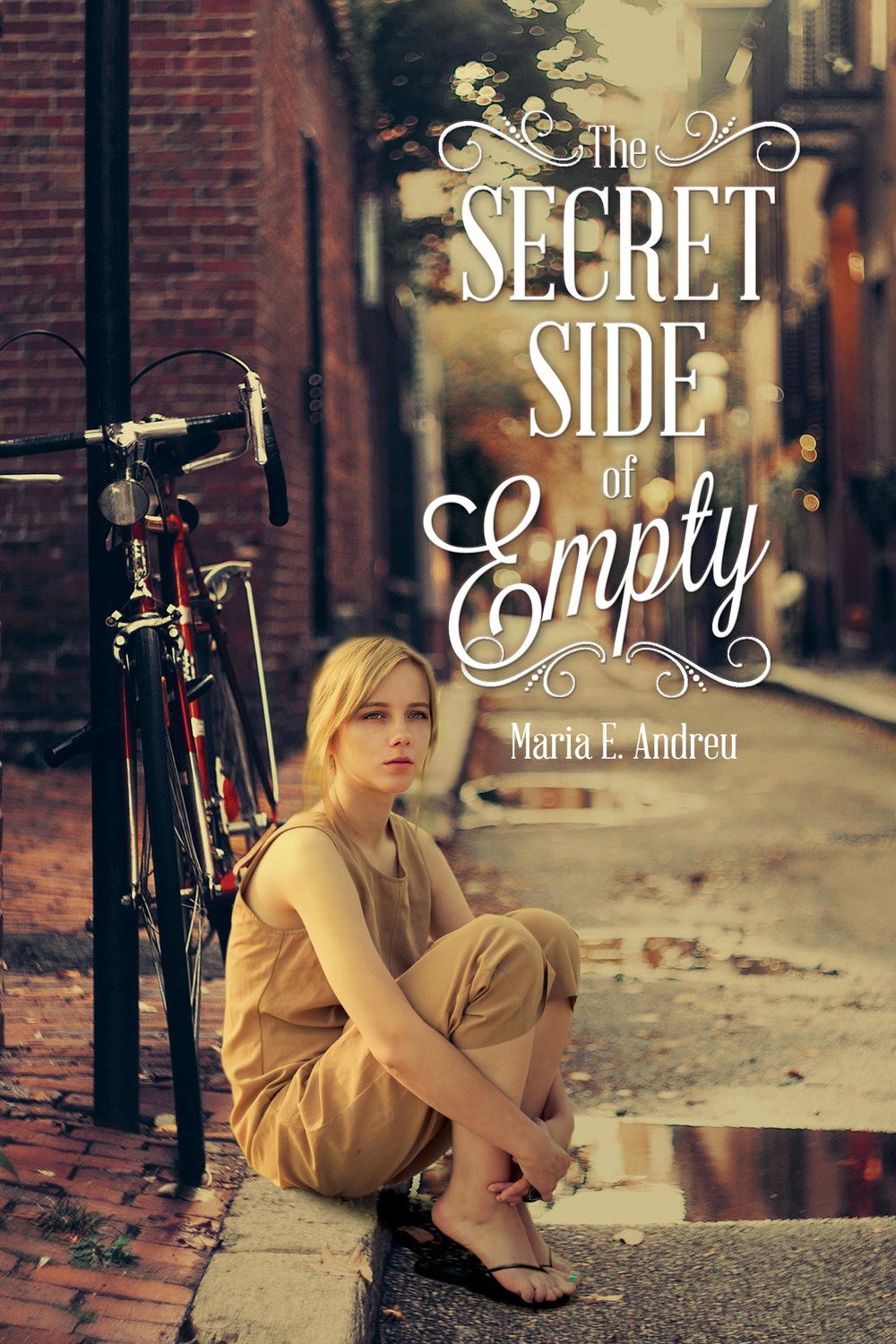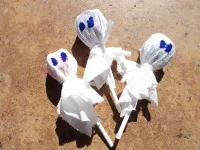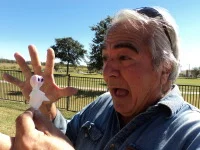 Thank you, Tam Smith for inviting me to join the Writing Process Blog Tour! It's a honor to be included in such an awesome blogging phenomenon and to be affiliated with great folk. Tam's a VCFA colleague and has been a dear friend to me since the moment my feet hit campus. Click here to read about Tam and her latest publishing success, Marble Boys.
Thank you, Tam Smith for inviting me to join the Writing Process Blog Tour! It's a honor to be included in such an awesome blogging phenomenon and to be affiliated with great folk. Tam's a VCFA colleague and has been a dear friend to me since the moment my feet hit campus. Click here to read about Tam and her latest publishing success, Marble Boys.
What am I working on?
 Much of my writing time is spent as a freelancer creating supplemental educational book guides for new releases of all kinds. I enjoy making Activity, Discussion, and Academic guides for authors, illustrators and, of late, publishers. These guides keep me crazy busy in the best of ways!
Much of my writing time is spent as a freelancer creating supplemental educational book guides for new releases of all kinds. I enjoy making Activity, Discussion, and Academic guides for authors, illustrators and, of late, publishers. These guides keep me crazy busy in the best of ways!
As far as my fiction goes, I’m working on a YA historical fiction set mountain-high in a treacherous 1930’s logging camp. I typically write middle-grade novels, but the blood and loggers’ belligerent banter is causing the story to be suited for the older set.
How does my work differ from others in its genre?
The setting is like no other in the genre, that I know of anyway. And, man-o-man, is it rich with danger and intrigue. Injuries and death were common occurrences. Men were “rubbed out” every day, with little concern regarding their passing. It was all or nothing for the logs. Any weak-link had best get out of the way.
My grandfather and uncles were loggers in British Columbia. Throughout my life, I’ve hung on their stories about greenhorns and spar trees. I’ve seen roads cleared by my grandfather, passages that were once thick with ancient cedars. And, I tasted the cold, clean water from streams spilling forth high on a mountain top. So, I guess, my work differs from others in the genre in that it stems from experiences that are unique to me.
 Why do I write what I write?
Why do I write what I write?
I write to learn and people and places and, probably most of all, myself. This book is teaching me about my heritage, giving me a full appreciation for the heroism and hardship of my ancestors. While it is a work of pure fiction, the plot is strongly influenced by the stories I heard in my youth. I want people to know about this fascinating world of chockermen, high-riggers, and whistle punks. Who else better to tell this story than me, right?
How does my individual process work?
I’m finding that, with this book, my love for the setting has thwarted my focus on character development. Oh, my secondary characters are identifiable and quite interesting. It’s my protagonist that is giving me a challenge. Bugger all. I tend to pull back, avoiding propelling him into heartache or real danger. You see, he and I are just getting to know each other. Once I know who he is and what he wants, I’ll know where best to put the screws to him.
That being said, my individual process, you ask? To start over, again. From page one. Toss out the prior drafts and begin, once more. And, this time, I’m going to give my protagonist a heartache that belongs to me, one that I know down deep in my soul, one that has altered my entire concept of living, one that is as real to me as cedar trees and mountain streams, one that is as authentic and real as the rugged loggers of the 1930’s and the rustic camps in which they toiled.
Sound good?
Let’s do it.
Next stop on the tour - Meet My Ann Arbor Critique Partners, Shutta Crum and Hope Vestergaard.
 Shutta Crum is the author of numerous picture books and two novels. Most of her books have made “best book” and state reading lists around the country. THUNDER-BOOMER! was named an ALA and Smithsonian Mag. “Notable Book” of the year. The NY Times gave glowing reviews to her last two books, MINE! and DOZENS OF COUSINS. In 2005, Shutta was asked to read at the White House. In 2010 she was invited to tour American military base schools across Japan. For more: www.shutta.com .
Shutta Crum is the author of numerous picture books and two novels. Most of her books have made “best book” and state reading lists around the country. THUNDER-BOOMER! was named an ALA and Smithsonian Mag. “Notable Book” of the year. The NY Times gave glowing reviews to her last two books, MINE! and DOZENS OF COUSINS. In 2005, Shutta was asked to read at the White House. In 2010 she was invited to tour American military base schools across Japan. For more: www.shutta.com .
 Hope Vestergaard is the author of ten books for children. most recently DIGGER DOZER DUMPER (Candlewick Press) and POTTY ANIMALS (Sterling), in addition to numerous print and online publications for adult readers on topics including education, parenting, and the craft of writing. When she's not writing, Hope edits websites. She lives on a small farm outside Ann Arbor, Michigan.
Hope Vestergaard is the author of ten books for children. most recently DIGGER DOZER DUMPER (Candlewick Press) and POTTY ANIMALS (Sterling), in addition to numerous print and online publications for adult readers on topics including education, parenting, and the craft of writing. When she's not writing, Hope edits websites. She lives on a small farm outside Ann Arbor, Michigan.
 Click image to access publisher's pageA Cool Summer Tail presents animal environmental adaptation facts in a fresh and original way. Author Carrie Pearson inhabits the minds of young animals as they question how humans stay cool in the summer. The questions the animals pose are based on their own seasonal adaptation methods, means by which children might find comical to consider for themselves.
Click image to access publisher's pageA Cool Summer Tail presents animal environmental adaptation facts in a fresh and original way. Author Carrie Pearson inhabits the minds of young animals as they question how humans stay cool in the summer. The questions the animals pose are based on their own seasonal adaptation methods, means by which children might find comical to consider for themselves.  Click image to access publisher's pageA Warm Winter Tail (winner of the 2013 Gelett Burgess Award) is the companion piece for A Cool Summer Tail, in which the same delightful winter adaptation juxtaposition consideration takes place. In it, baby deer wonder if humans grow hollow hair to keep warm in the winter. Baby frogs ask if human body parts freeze. Baby bears ask if humans get plump and sleep in a lump. A young boy asks his mother if animals stay warm by bundling up in scarves, jackets, and boots. He is assured that their bodies know how to stay warm in the winter. No need for buttons or bows.
Click image to access publisher's pageA Warm Winter Tail (winner of the 2013 Gelett Burgess Award) is the companion piece for A Cool Summer Tail, in which the same delightful winter adaptation juxtaposition consideration takes place. In it, baby deer wonder if humans grow hollow hair to keep warm in the winter. Baby frogs ask if human body parts freeze. Baby bears ask if humans get plump and sleep in a lump. A young boy asks his mother if animals stay warm by bundling up in scarves, jackets, and boots. He is assured that their bodies know how to stay warm in the winter. No need for buttons or bows. In addition to the plethora of free online offered on the publisher’s website, the final pages of both books include four pages of rich learning activities. These lessons paired with Illustrator Christina Wald’s lovely detailed work and Pearson’s intriguing text will undoubtedly enhance any study of the natural world and the incredible creatures that inhabit it.
In addition to the plethora of free online offered on the publisher’s website, the final pages of both books include four pages of rich learning activities. These lessons paired with Illustrator Christina Wald’s lovely detailed work and Pearson’s intriguing text will undoubtedly enhance any study of the natural world and the incredible creatures that inhabit it.















































